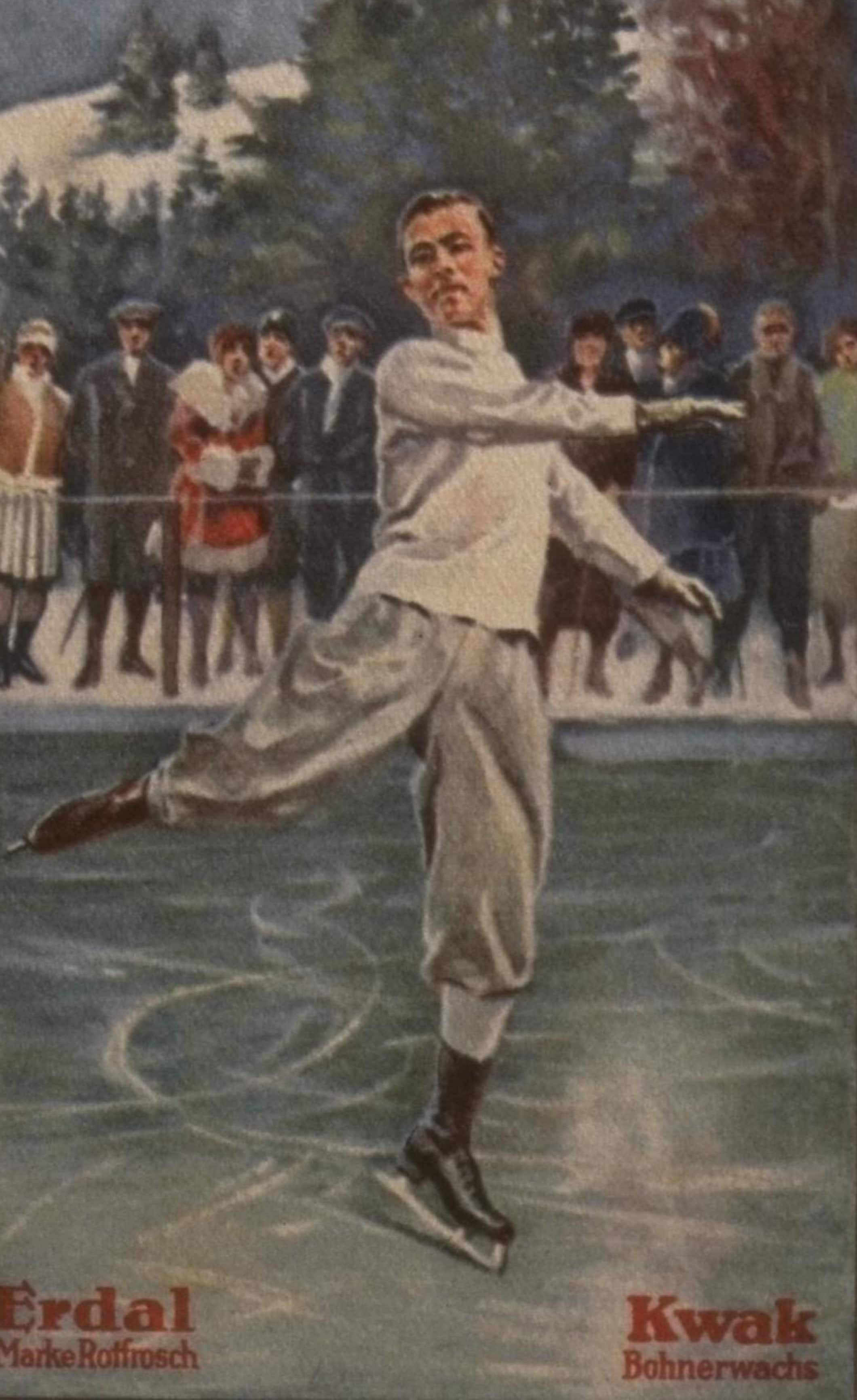Grafström strikes triple figure skating gold
The 34-year-old Swedish figure skater Gillis Grafström arrived in St Moritz as the two-time defending Olympic champion, having won gold in the event at the 1920 Summer Games in Antwerp and again at the first Winter Games in Chamonix four years later.
Grafström’s biggest challenge on the ice at the Olympic Stadium would come from Austria’s Willy Böckl, also 34, who finished a runner-up to the Swede in Chamonix but had beaten him three times in a row in the world and European championships since then.
Despite struggling with knee pain, Grafström turned in a typically assured performance in the compulsory figures to lead the competition from Böckl. Three days later, his elegant skating and ability to “feel” the music, coupled with his perfectly executed spins and jumps, led to four of the seven judges also placing him first in the free programme, giving him the gold just ahead of his Austrian adversary. Taking third place behind them was Belgium’s Robert Van Zeebroeck, while fourth went to Böckl’s 18-year-old compatriot Karl Schäfer.

Grafström remains the only male figure skater to have won three individual Olympic titles, and took his medal collection to four in winning silver behind Schäfer at Lake Placid 1932, a tally that was matched by Russia’s Evgeni Plushenko in winning gold in the new team event at Sochi 2014.
Grafström worked as an architect through to his death in 1938 in the German town of Potsdam, where a street was later named after him.